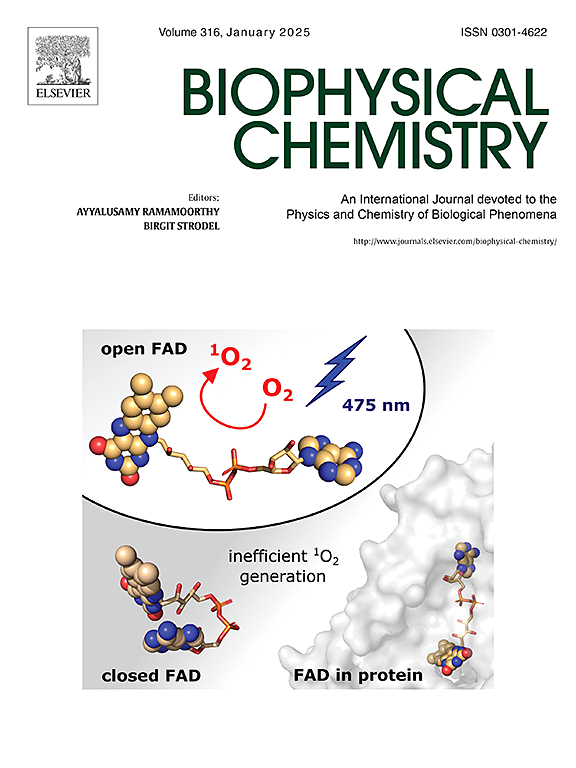螺旋状多肽自组装成病毒样颗粒:基本原理、性质、设计和应用,特别关注疫苗设计和递送。
IF 2.2
3区 生物学
Q2 BIOCHEMISTRY & MOLECULAR BIOLOGY
引用次数: 0
摘要
基于自组装肽纳米颗粒(SAPN)的递送系统,包括病毒样颗粒(VLP),在下一代疫苗和药物开发中显示出巨大的潜力。VLP可以模仿天然病毒衣壳的大小(20- 200nm)、几何形状(即二十面体结构)以及通过激活先天和/或适应性免疫信号产生强大免疫反应(具有多价表位)的能力。在这方面,线圈(CC)域是设计VLP的合适构建块,因为它们具有可编程的相互作用特异性、亲和性和已建立的序列-结构关系。通常,两个具有不同寡聚体状态的CC结构域(三聚体和五聚体)通过短而灵活的间隔序列融合形成单体蛋白。通过使用对称轴(2-、3-和5-折叠)的组合,这是所需蛋白质笼的独特几何形状,原则上有可能组装像VLP这样定义良好的蛋白质笼。本文讨论了基于cc的VLP的晶体学规律和设计的基本原理。它还探索了许多非共价相互作用在产生稳定VLP结构中的功能,VLP结构在改善疫苗免疫原性、药物传递和3D细胞培养方面起着至关重要的作用。本文章由计算机程序翻译,如有差异,请以英文原文为准。

Self-assembling of coiled-coil peptides into virus-like particles: Basic principles, properties, design, and applications with special focus on vaccine design and delivery
Self-assembling peptide nanoparticles (SAPN) based delivery systems, including virus-like particles (VLP), have shown great potential for becoming prominent in next-generation vaccine and drug development. The VLP can mimic properties of natural viral capsid in terms of size (20–200 nm), geometry (i.e., icosahedral structures), and the ability to generate a robust immune response (with multivalent epitopes) through activation of innate and/or adaptive immune signals. In this regard, coiled-coil (CC) domains are suitable building blocks for designing VLP because of their programmable interaction specificity, affinity, and well-established sequence-to-structure relationships. Generally, two CC domains with different oligomeric states (trimer and pentamer) are fused to form a monomeric protein through a short, flexible spacer sequence. By using combinations of symmetry axes (2-, 3- and 5- folds) that are unique to the geometry of the desired protein cage, it is possible, in principle, to assemble well-defined protein cages like VLP. In this review, we have discussed the crystallographic rules and the basic principles involved in the design of CC-based VLP. It also explored the functions of numerous noncovalent interactions in generating stable VLP structures, which play a crucial role in improving the properties of vaccine immunogenicity, drug delivery, and 3D cell culturing.
求助全文
通过发布文献求助,成功后即可免费获取论文全文。
去求助
来源期刊

Biophysical chemistry
生物-生化与分子生物学
CiteScore
6.10
自引率
10.50%
发文量
121
审稿时长
20 days
期刊介绍:
Biophysical Chemistry publishes original work and reviews in the areas of chemistry and physics directly impacting biological phenomena. Quantitative analysis of the properties of biological macromolecules, biologically active molecules, macromolecular assemblies and cell components in terms of kinetics, thermodynamics, spatio-temporal organization, NMR and X-ray structural biology, as well as single-molecule detection represent a major focus of the journal. Theoretical and computational treatments of biomacromolecular systems, macromolecular interactions, regulatory control and systems biology are also of interest to the journal.
 求助内容:
求助内容: 应助结果提醒方式:
应助结果提醒方式:


